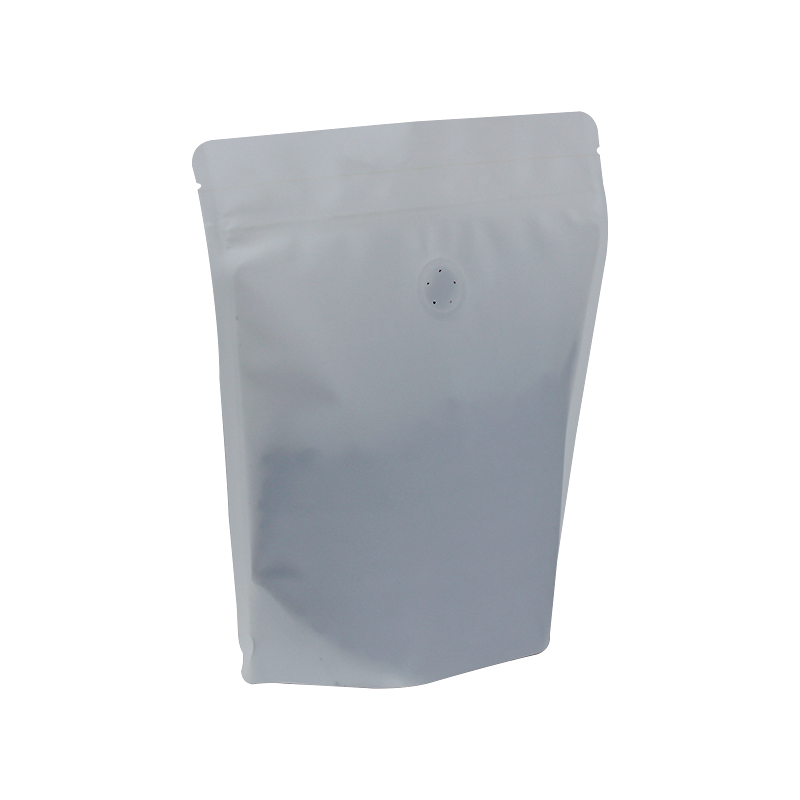- Afrikaans
- Albanian
- Amharic
- Arabic
- Armenian
- Azerbaijani
- Basque
- Belarusian
- Bengali
- Bosnian
- Bulgarian
- Catalan
- Cebuano
- chinese_simplified
- chinese_traditional
- Corsican
- Croatian
- Czech
- Danish
- Dutch
- English
- Esperanto
- Estonian
- Finnish
- French
- Frisian
- Galician
- Georgian
- German
- Greek
- Gujarati
- haitian_creole
- hausa
- hawaiian
- Hebrew
- Hindi
- Miao
- Hungarian
- Icelandic
- igbo
- Indonesian
- irish
- Italian
- Japanese
- Javanese
- Kannada
- kazakh
- Khmer
- Rwandese
- Korean
- Kurdish
- Kyrgyz
- Lao
- Latin
- Latvian
- Lithuanian
- Luxembourgish
- Macedonian
- Malgashi
- Malay
- Malayalam
- Maltese
- Maori
- Marathi
- Mongolian
- Myanmar
- Nepali
- Norwegian
- Norwegian
- Occitan
- Pashto
- Persian
- Polish
- Portuguese
- Punjabi
- Romanian
- Russian
- Samoan
- scottish-gaelic
- Serbian
- Sesotho
- Shona
- Sindhi
- Sinhala
- Slovak
- Slovenian
- Somali
- Spanish
- Sundanese
- Swahili
- Swedish
- Tagalog
- Tajik
- Tamil
- Tatar
- Telugu
- Thai
- Turkish
- Turkmen
- Ukrainian
- Urdu
- Uighur
- Uzbek
- Vietnamese
- Welsh
- Bantu
- Yiddish
- Yoruba
- Zulu
oyster white vs white
Oyster White vs. White Understanding the Color Spectrum in Design
When it comes to selecting colors for interior design, fashion, or any artistic endeavor, the nuances between shades can significantly affect the overall aesthetic of a space or a piece. One such intriguing comparison is the color Oyster White versus a standard White. While they may seem similar at first glance, these two shades can provoke varied feelings, styles, and uses. In this article, we will delve into the characteristics of both colors, their applications, and how they can influence design choices.
The Characteristics of Oyster White
Oyster White is often described as a soft, muted hue that is slightly warmer than traditional white. This color features subtle undertones—typically beige or gray—that lend it a sophisticated and down-to-earth quality. The name Oyster itself evokes images of natural elements, hinting at shells and coastal influences. Because of its warmth, Oyster White tends to create a welcoming and cozy ambiance, making it an excellent choice for spaces intended for relaxation and socialization.
In terms of versatility, Oyster White stands out as it pairs harmoniously with a variety of colors. It serves as an excellent backdrop, complementing both bold and muted palettes. When used in a room, Oyster White can soften the overall look, giving it a layered appearance that feels both inviting and elegant. This quality makes it a favorite among interior designers who seek to create nuanced environments that reflect a modern yet timeless aesthetic.
The Characteristics of White
On the other hand, traditional White is often regarded as a classic, clean choice. Its brilliance and purity can make spaces feel open and airy, contributing to an expansive feel, particularly in smaller rooms. White can serve as a blank canvas, allowing for limitless creative expressions, whether through furniture, artwork, or decorative elements.
oyster white vs white

However, while White can evoke minimalism and simplicity, it can also come across as stark or cold if not balanced with warmth and texture. To counteract this, decorators often incorporate various materials—such as wood, fabrics, and other colors—to create contrast and interest. White is particularly popular in modern and contemporary designs, where the aim is to achieve a fresh and uncluttered look.
Practical Applications in Design
The choice between Oyster White and pure White often comes down to the specific mood or atmosphere designers aim to create. For instance, in residential spaces such as living rooms and bedrooms, Oyster White may be favored due to its comforting qualities. This color encourages feelings of warmth and serenity, making it ideal for areas meant for relaxation or family gatherings.
In contrast, White is often preferred in kitchens and bathrooms, where cleanliness and brightness play crucial roles. The reflective quality of White helps to enhance natural light, creating an invigorating environment that feels sanitized and expansive. It suits modern aesthetics well, allowing for sleek outlines and clean lines that define contemporary homes.
Conclusion The Subtle Power of Color
In summary, while Oyster White and White may appear to occupy the same end of the color spectrum, their differences are pronounced and impactful. Oyster White’s subtle warmth and versatility make it a compelling choice for creating inviting spaces, while White’s clarity and brightness provide an open, modern edge. Understanding these characteristics allows designers, homeowners, and enthusiasts alike to make informed decisions about color applications in their respective projects.
Ultimately, the choice between Oyster White and White illustrates the broader themes of color selection in design—how even slight variations can alter perceptions, emotions, and the functionality of spaces. As we continue to explore and engage with color in our environments, recognizing and appreciating these differences will help foster designs that not only please the eye but also resonate with the human experience.













